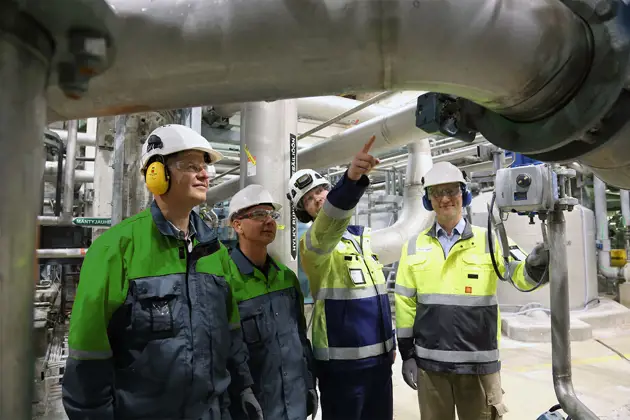Typically in shutdown situation the amount of valves to be maintained is limited in order to meet maintenance budget. Valve maintenance can be optimized by using condition analysis to focus maintenance actions to only devices needing attention.
A challenge in targeting for higher plant availability and performance is to share limited valve maintenance resources between failures already disturbing process and on preventive work to avoid such failures. This requires systematic approach and finding the right balance between different maintenance strategies. In shutdown planning one of the biggest challenges is determining which devices will be adjusted, repaired or upgraded, and ensuring that key devices requiring attention are not ignored.
Typically in shutdown situation the amount of valves to be maintained is limited in order to meet maintenance budget. The selection can be done by focusing only to critical valves and to the valves whose performance has been reported underperforming by operators. Another way to limit the amount is to divide valves to groups be taken care under different shutdowns.
Known device conditions creates basement for efficient maintenance planning and action prioritization. Valve maintenance can be optimized by using condition analysis to focus maintenance actions to only devices needing attention. As the number of maintenance activities is reduced not only does the cost of maintenance and spare parts fall but also costs associated with removal and reinsertion (e.g. scaffolding, transport, etc). Less valves being removed means also less potential sources of accidents (less high level working, less lifting, etc.). In addition, by avoiding unnecessary maintenance of devices in good health the risk of accidentally damaging properly working devices in the process is decreased.
For determining device conditions a suitable combination of analysis approaches is used to cover whole installed valve base. The analysis can be either done remotely or by using portable analysis tools. For remote analysis a control loop monitoring system or diagnostics of digital valve controllers can be utilized. If neither of them is available a portable control valve testing system is used to record valve performance. To reveal through valve leakage an acoustic detection methods are utilized. A special testing tool is also available for on-line calibration of safety valves.
In the presentation different analysis methods are introduced and a real customer case is shown to demonstrate benefits and cost savings delivered by condition analysis in valve maintenance optimizing.
Text originally published in 2014, and slightly updated in April 2022, due to the company name change to Valmet.

